Music is constant throughout the day at the Adult Care Center in Winchester, Virginia: during music therapy sessions, playing through speakers during coffee, through impromptu sing-alongs. The walls are lined with artwork by the clients. For each holiday, festive decorations fill tables. Staff and volunteers move quickly, setting up activities, lunch and snacks, and slowly, walking with the clients, playing UNO and making quilts.
The majority of the clients at the Adult Care Center have Alzheimer’s-related dementia, with differing levels of functioning. The center is open throughout the day, Monday to Friday.
“The last part of the brain to be affected by dementia is the musical side,” explains Tara Lescalleet, the Assistant Director and Activities Director at the Adult Care Center and a Board-Certified Music Therapist (MT-BC). Lescalleet adapts both her training in music therapy and research conducted at the center to lead the clients in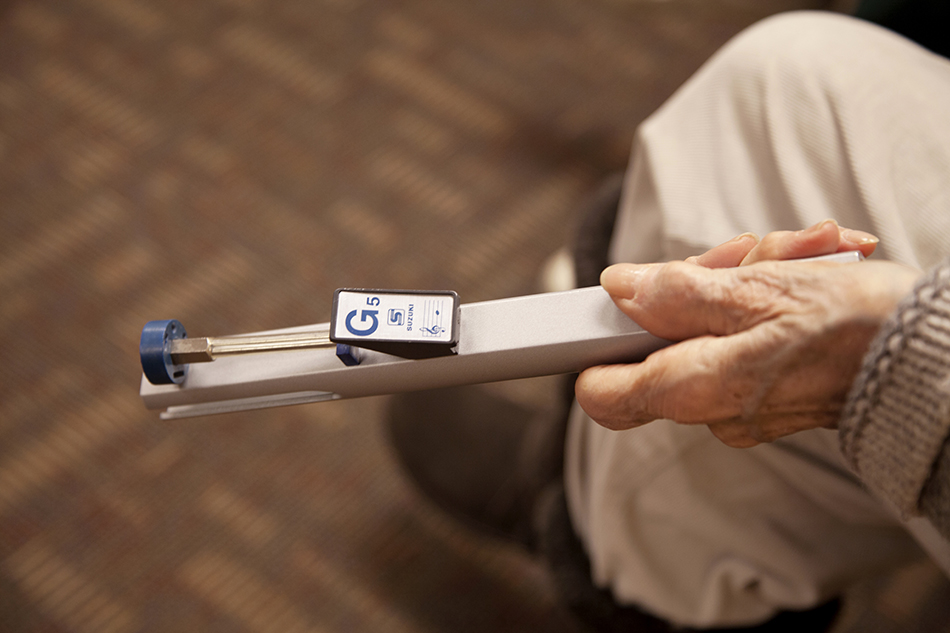 music therapy sessions and other music activities, singing familiar songs and playing instruments ranging from chimes to tambourines to drums.
music therapy sessions and other music activities, singing familiar songs and playing instruments ranging from chimes to tambourines to drums.
“What a music therapist does, is we use music as a tool to elicit behaviors of everyday life, so we try to use listening activities, movement to music activities, instrumental activities and different types of singing activities to elicit behaviors such as socialization, communication, gross and fine motor skills,” said Lescalleet. “So we tap into what is normal but in a non-threatening way. And it’s also something that people enjoy so physically they don’t realize that they’re exercising or they don’t realize that they’re focusing on maintaining their cognition or their communication.”
The process of music therapy takes music further to be able to respond to the individual and his/her needs. “When I was growing up, I played by ear before I ever played by note. Playing by ear is very hard to explain. I don’t know if there is a real definition for it but you just have an idea of the pitches in your mind. It’s almost like perfect pitch, where you can just, if you play an instrument for a long period of time, you automatically know which notes lead into the song, what comes next and how it ends,” said Lescalleet. “That is a key thing in music therapy with improvisation because you never know, you have to be in the moment, the here and now with the individual and sometimes you might not be able to take things note by note, you have to take the individual’s behavior into account, take the individual’s level of functioning into account and then adapt that accordingly into the music setting.”
When the center first opened, almost 20 years ago, they incorporated music therapy into the program through working with nearby Shenandoah University, according to Jane Bauknecht, Executive Director of the Adult Care Center. “And every year after that, it was just something that was real important to us to have, because our population was predominately individuals with Alzheimer’s disease,” said Bauknecht.
Over the years, the staff at the center has continued to work with Shenandoah University to have students placed as 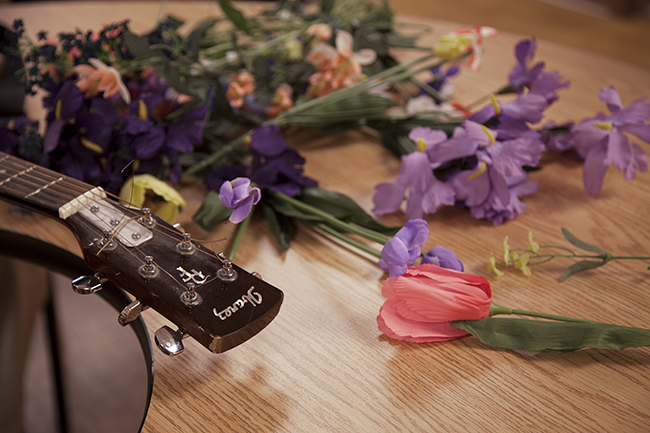 interns and to conduct research. Lescalleet was one of the student interns, she studied music therapy at Shenandoah University and did her internship at the Adult Care Center.
interns and to conduct research. Lescalleet was one of the student interns, she studied music therapy at Shenandoah University and did her internship at the Adult Care Center.
One of the research grants conducted at the center was a grant from the Administration on Aging to study how music therapy could benefit people with Alzheimer’s-related dementia. Led by Dr. Michael Rohrbacher, the Director of Music Therapy at Shenandoah University, the study found how music therapy could affect quality of life for the clients, through six functions of music therapy including redirection and maintenance.
Redirection is a way to apply music to redirect someone’s behavior. This may be applied during sundown, which occurs during Alzheimer’s-related dementia. According to Lescalleet, sundown can cause people to become anxious or agitated, and music can calm people and help them to refocus their attention. Often, Lescalleet will lead a group music session in the afternoon to help ease this. For maintenance, music is used to help with both physical and cognitive abilities through exercising to music, playing instruments, singing songs and reminiscing.
There are different levels of functioning within dementia and music can be used to reach people at the different levels. According to Lescalleet, those that cannot verbalize feelings may express themselves through music. “So people with dementia even though they might not be able to sing, rhythmically they are still very in touch with music. … That non-verbal communication also serves as an emotional outlet for them because they aren’t able to verbally say what’s on their mind anymore but if they are excited they can move to the music in a way that is upbeat to them, or if they are upset or angry, dynamically they can fixate on different levels of acoustics that might tap into their inner-self, how they’re feeling for the time-being. So music definitely is a great outlet throughout the whole progression of dementia,” said Lescalleet.
Monday mornings start with Music and Spirituality, a group music therapy session where Lescalleet leads the clients in singing hymns and playing various instruments. Lescalleet will often ask the individuals about their experiences and memories and incorporate them into the songs. “I try to create an experience where I incorporate songs that are 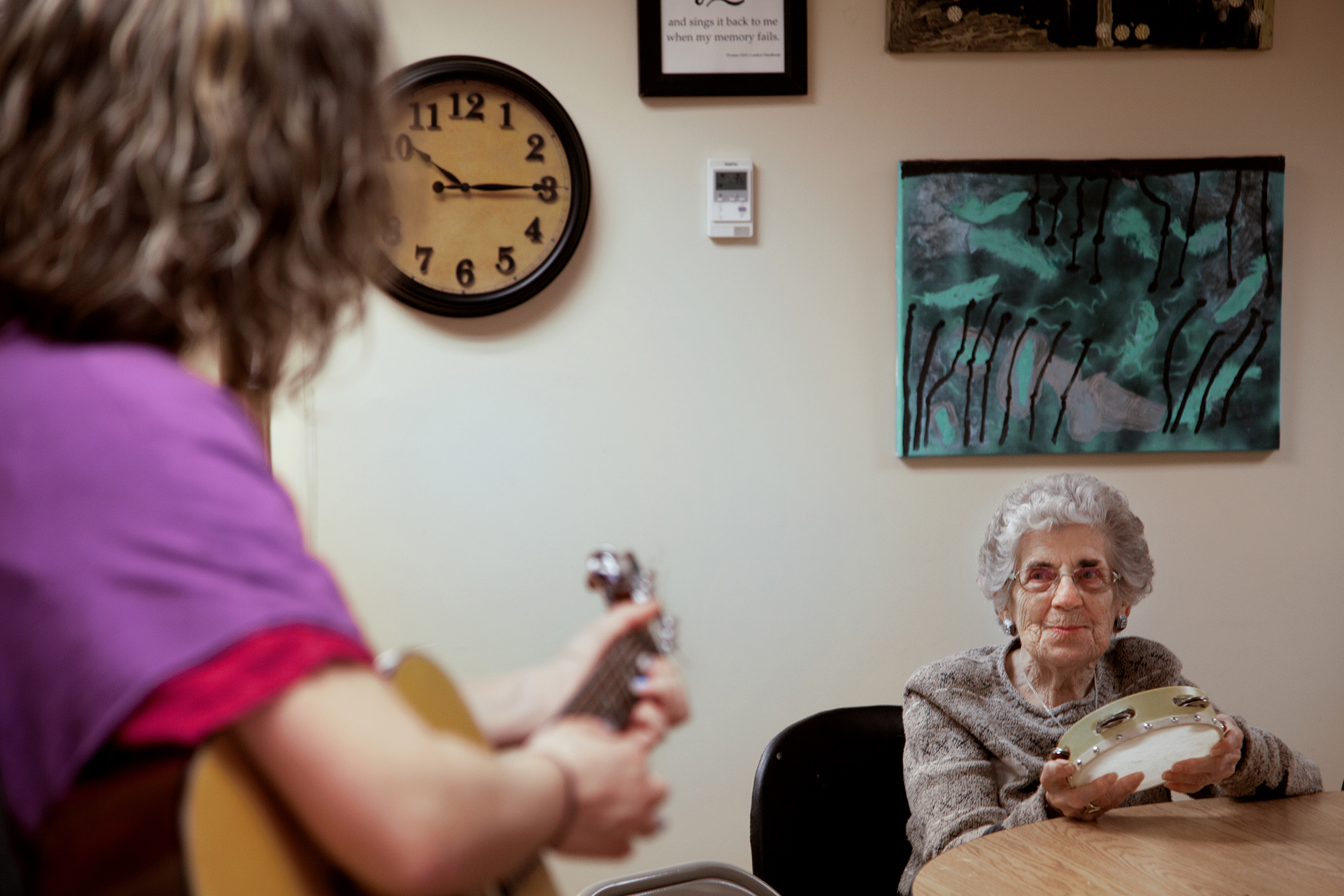 interactive to give them a chance, not only to interject, to tell me their thoughts as far as what they’re thankful for, why life is important to them, but to actually put it into the song at hand,” said Lescalleet.
interactive to give them a chance, not only to interject, to tell me their thoughts as far as what they’re thankful for, why life is important to them, but to actually put it into the song at hand,” said Lescalleet.
Another group music therapy session is Chimes on Wednesday mornings. During this session each individual has a chime bar with a different note. Lescalleet leads the group in first singing the song they will be playing, so everyone knows what song it is. She then chooses the correct notes and passes out a chimes bar or two to each person. To lead the clients in collectively playing the song, Lescalleet stands in the middle of the circle, turning and pointing to each person when it is his/her turn, and each plays his/her note.
“We do a lot of melodic playing which means each individual has a specific note of the song,” said Lescalleet. “That helps to individualize the activity, allowing each person to have an opportunity to be a part of the big scheme, a part of the team. Which is a really neat thing, because without that one person the song would not be possible.”
Other music activities include an Intergenerational session and Karaoke. For the Intergenerational session, children from a local daycare join their “Grandfriends” to sing and play instruments together. During Karaoke on Friday afternoons, clients take turns at the microphone. The atmosphere is festive, toes tapping and hands clapping.
The Adult Care Center is a place where a Valentine’s day tea party quickly turns into a dance party. “So what we try to do is use music in a way that focuses on not only skills of daily living but also on their quality of life,” said Lescalleet.
© Amy Joseph 2013
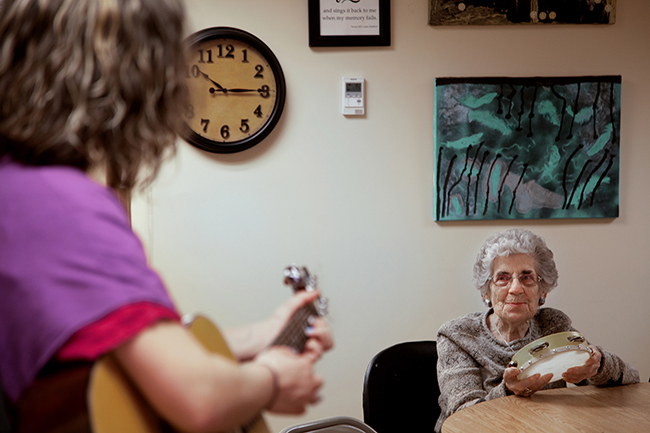 outreach and resources
outreach and resources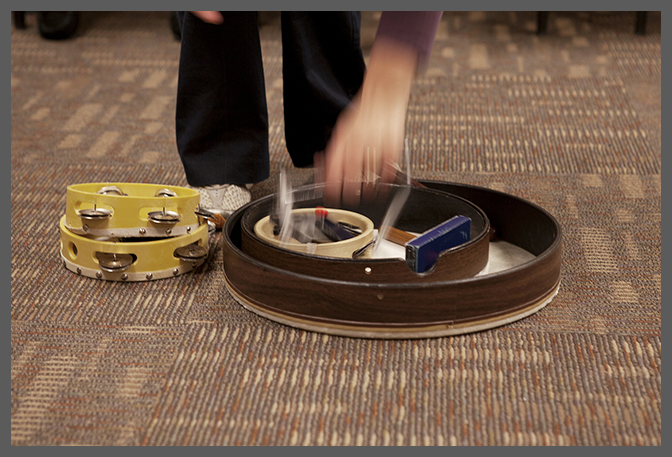 narrative
narrative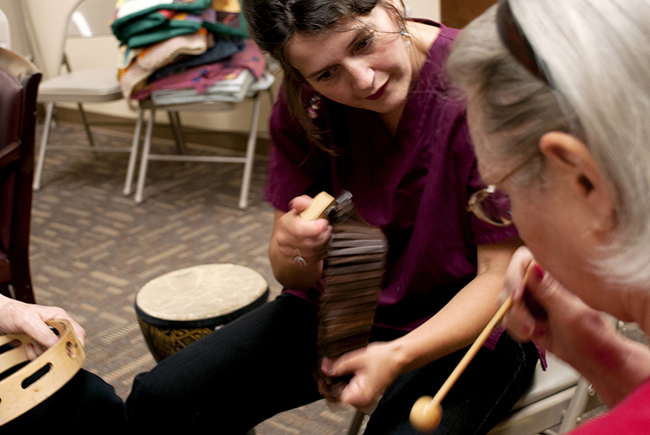 about
about